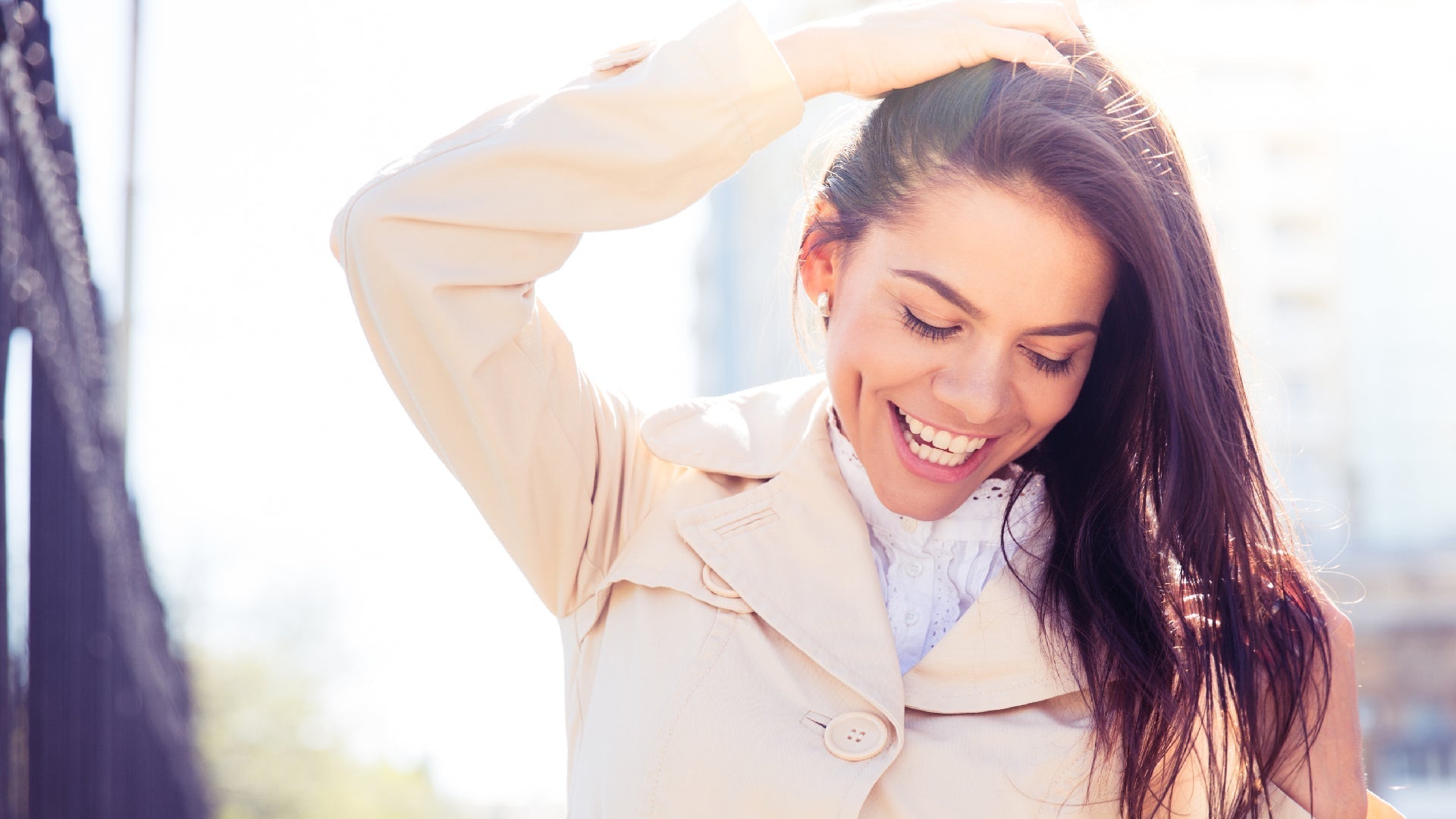
Everything You Need To Know About Rosacea
Red, bumpy skin? Itchy cheeks? Chances are you could be suffering with rosacea. Bummer, sure, but good news: great skincare and a few lifestyle switches can make a truly positive difference.
Rosacea: if only the reality was as nice as the word sounds. But the harsh truth is, rosacea sucks. Not only that, but after decades of research, its causes are still not entirely understood. Dang.
Reckon you might have a case of rosacea? Then let’s have a look at what it’s all about so you can try to understand why it might be occurring and how to manage it.
What Is Rosacea?
According to the National Rosacea Society, around 16 million Americans suffer from rosacea and that number continues to rise. Rosacea can rear its head at any time but it often starts in your 20s or 30s when symptoms seemingly start to come and go at random. Sigh. Common signs are excessive redness and flushing – particularly on your cheeks, chin, nose and forehead; crusty bumps; burning; swelling; itching; thickening of the skin and even dry eyes and blurred vision. Also, great news to all you middle-aged, pale-skinned women out there – you’re the most likely to suffer. Sorry about that.
What Causes Rosacea?
If only we knew. The real cause of rosacea is yet to be identified which is why it’s a tricky one to prevent, manage and treat. Rosacea is often misdiagnosed as acne, but acne is all about overactive sebaceous glands whereas rosacea is thought to be linked to your vascular system.
OK, so why does rosacea affect some people and not others? Well, many experts believe your genes are the main culprit at play here, but factors that seem to exacerbate symptoms include alcohol, caffeine, spicy foods, stress, physical exercise and extremes of temperature.
Another cause could be right there in your microbiome. The skin’s microbiome is a tiny ecosystem of harmless bacteria, viruses, fungi and mites which live on your skin and, when balanced, create the perfect environment to keep unwanted pathogens at bay. The key, however, is balance, and studies have shown that people with rosacea have an overabundance of microscopic Demodex mites in their microbiome – sometimes up to four times as many as those without rosacea. Further research is required to confirm the direct link but in the meantime, erm, yikes.
What Are Some Of The Best Ways To Control Rosacea?
Unfortunately, you can’t cure rosacea but understanding your triggers and managing your symptoms are great ways to help keep it under control. Here’s how to do just that…
1. Diarize Your Symptoms To Help Identify Triggers
Knowing your triggers will help you understand the things you should avoid – without doubt, one of the most important ways to keep rosacea under control. And the best way to do this? By keeping a diary. Make a note of when you go to the gym or feel particularly stressed, and try building a food, drink and maybe even a skincare diary to see if anything you consume or apply coincides with your flare-ups.
2. Avoid Super Potent Ingredients Like Tretinoin
If you have rosacea, your skin can be extremely sensitive to highly active ingredients like tretinoin, benzoyl peroxide, hydroquinone and even essential oils like peppermint, tea tree, menthol and eucalyptus. All of these can cause tingling, redness and be potentially irritating to your skin’s delicate barrier and that’s not something you’re going to want to climb on board with. You've been warned.
The good news is you may be able to tolerate antioxidants like vitamins C, E and niacinamide but you should still err on the side of caution and ALWAYS patch test new products before using them for the first time. To test any new product, the American Academy of Dermatology (AAD) recommends dabbing a small amount near, but not on, the area where you’re most prone to flare-ups. Then, wait 72 hours and if it stings, burns or causes any kind of discomfort during that time, don’t use it.
3. Rethink Alcohol, Spicy Food and Hot Drinks
Studies show that alcohol (especially red wine), spicy food and hot drinks cause many people’s rosacea to go crazy. Sounds familiar? Then try to avoid them as much as possible. Go easy on the spices; allow hot drinks to cool down before drinking them; switch to white, instead of red wine, and make sure you counteract the effects of alcohol by supping a large glass of cold water after each glass of vino.
Still suffering? Then you might need to give up spicy foods, booze or hot drinks altogether. But let's hope it doesn't come to that.
4. Nail A Gentle Skincare Routine
Harsh cleansers, astringent toners and abrasive scrubs are seriously bad news for rosacea-prone skin, upsetting the balance of your skin’s microbiome and compromising your protective barrier function. In other words, they’re a one-way ticket to redness, irritation, inflammation and worse-than-normal flare-ups.
Avoid chemical-laden products, parabens and sodium lauryl sulfate, and look for non-drying products that care for your skin without stripping away essential oils and nutrients. While not specifically formulated for rosacea-prone skin, many people find our Rose Water Refreshing Facial Toner ideal for calming redness and soothing irritation.
When cleansing , avoid hot water like your life depended on it (because your skin really does). Stick with lukewarm water alongside a kind, gentle cleanser and never forget to moisturize.
5. Protect Your Skin From The Elements
Wind is a major trigger for rosacea flare-ups – especially in the winter when it’s cold as well as blustery. Limit time spent outside and when you do venture out, protect your skin by wrapping a scarf around your face. Scratchy wool is not advisable but soft fabrics like silk, cotton or acrylic will take care of business nicely.
The sun can also aggravate rosacea. In fact, it’s one of the most common causes, so don’t forget to apply broad-spectrum SPF every morning – whether it’s rainy, sunny, cloudy or even snowing. Look for sunscreens containing mineral sunscreens like zinc oxide and titanium dioxide as these are best for sensitive skin.
Finally, How Can You Actually Tell If You Have Rosacea?
If you think you might have recently developed rosacea, visiting a skincare professional for a proper diagnosis is the only way to go. As we mentioned before, it can be hard to distinguish between acne and rosacea, and treating each condition is very different, so if you self-diagnose and get things wrong, you could make matters way worse. Lecture over.









